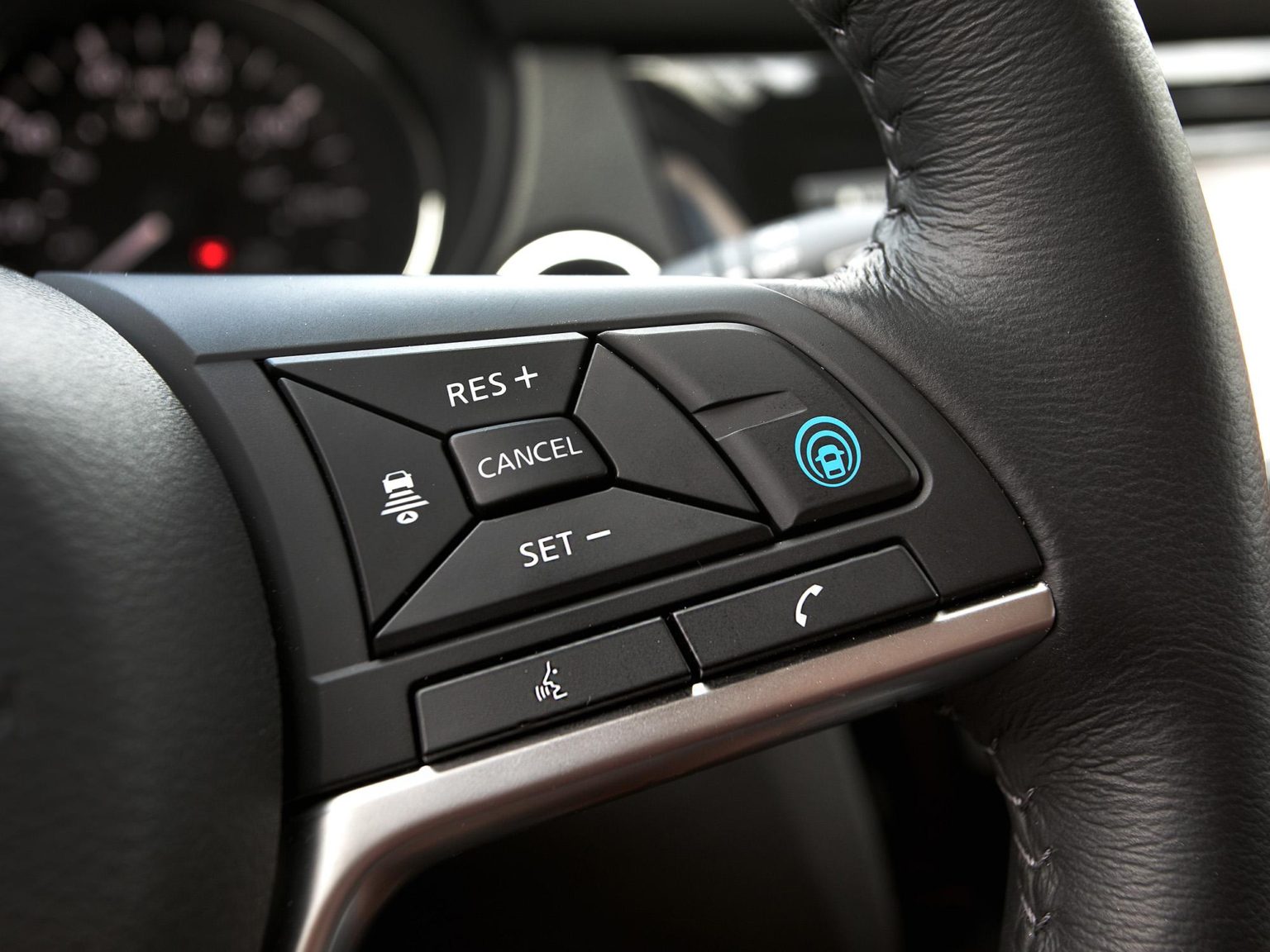Technology is supposed to make us better drivers, right? A new report from the Insurance Institute for Highway Safety (IIHS) indicates that just the opposite is happening.
Adaptive cruise control is an upgraded version of traditional cruise control. It allows users to set a speed then it regulates the vehicles speed according to the traffic around it, within certain parameters. If the car in front of the vehicle slows down, the tech is designed to slow down the vehicle accordingly. If the car in front speeds up, the technology will speed up the vehicle up to the point of the set speed.
Some varieties of adaptive cruise control can slow the vehicle to a stop then start it moving again within a certain time period.
IIHS researchers have found that some divers are using adaptive cruise control as a tool for speeding, which the organization is concerned undermines the feature’s potential safety benefits. The study found that drivers are substantially more likely to speed when adaptive cruise control or partial automation technology combines with lane centering tech.
“Adaptive cruise control does have some safety benefits, but it’s important to consider how drivers might cancel out these benefits by misusing the system,” says IIHS Statistician Sam Monfort, the lead author of the paper. “Speed at impact is among the most important factors in whether or not a crash turns out to be fatal.”
An analysis of insurance claims data by the IIHS-affiliated Highway Loss Data Institute and other research indicate that adaptive cruise control may lower crash risk. To do this, they maintain a greater following distance as their default setting than most human driers would traditionally follow. Studies have also shown that they reduce the frequency of passing and other lane changes.
IIHS describes its study methodology:
“To find out the impact ACC and lane centering technologies have on speeding, IIHS researchers analyzed the behavior of 40 drivers from the Boston metro area over a four-week period using data collected by the Massachusetts Institute of Technology’s Advanced Vehicle Technology Consortium. These drivers were provided with a 2016 Land Rover Range Rover Evoque outfitted with ACC or with a 2017 Volvo S90 equipped with ACC and Pilot Assist — a partial automation system that combines ACC with lane centering. The data suggest that drivers were 24 percent more likely to drive over the speed limit on limited-access highways when those systems were turned on. The amount by which they exceeded the speed limit when they did speed was also greater when they were using the driver assistance features compared with driving manually.
“Whether driving manually or using ACC or Pilot Assist, speeders exceeded the limit by the largest margin in zones with a 55 mph limit. In these areas, speeders averaged about 8 mph over the limit, compared with 5 mph in 60 mph and 65 mph zones. ACC also had the largest impact on how much they exceeded the limit in zones where it was 55 mph. In these slower zones, they averaged a little more than 1 mph higher over the limit when using ACC or Pilot Assist than they did driving manually.
“That 1 mph increase may not sound like much. Leaving aside any other effect these features may have on crash risk, however, it means ACC and partial automation users are at about 10 percent higher risk of a fatal crash, according to a common formula for calculating probable crash outcomes. This study did not analyze real-world crashes.”
“Driving faster is more dangerous,” says Monfort. “You can’t argue with physics.”
IIHS is quick to point out that their study did not account for several other factors that have been shown to reduce crash frequency and severity.
The organization also chose to test using vehicles that only allow drivers to bump their selected speed up or down by 5 mph increments at the touch of a button, which they say may explains why users exceeded the legal limit by larger amounts.








